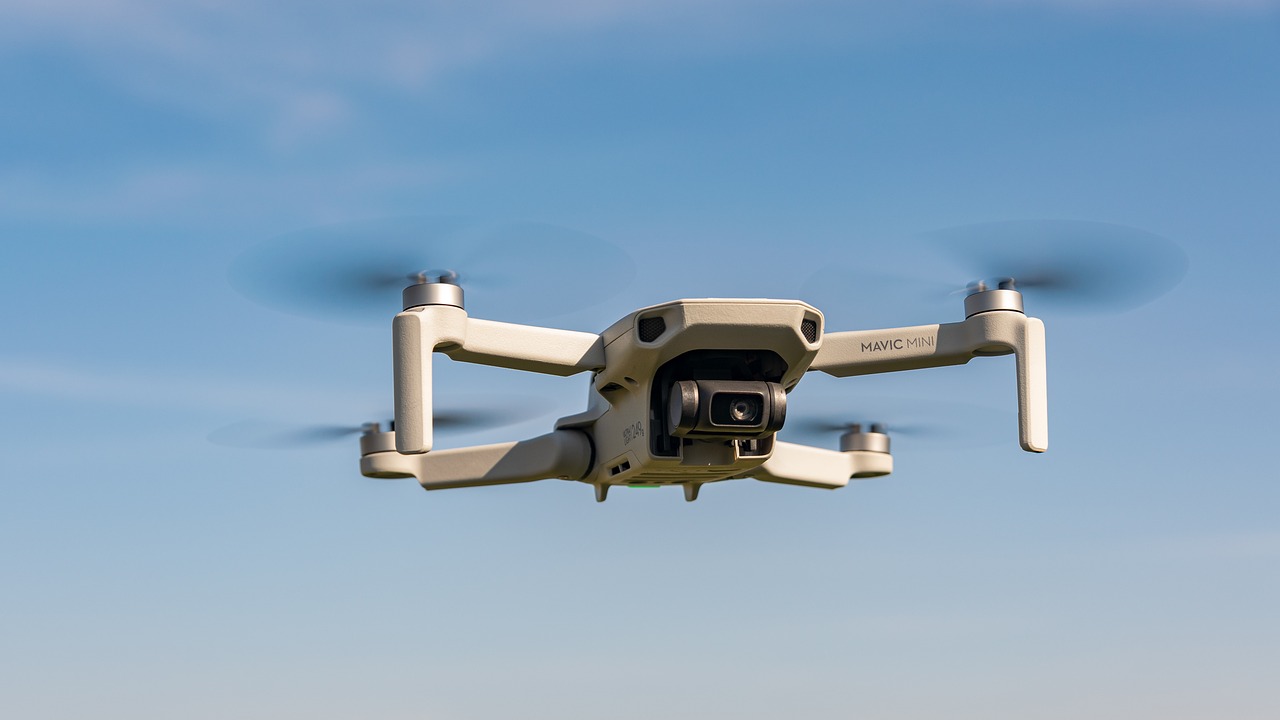In the world of travel vlogging, choosing the right camera can significantly impact the quality and appeal of your content. Two of the most talked-about devices in this realm are the DJI Osmo Action 4 and the DJI Osmo Pocket 3. This article will delve into a detailed comparison of these two cameras, focusing on their features, performance, and overall user experience to help you decide which one is better suited for your travel vlogging needs.
The DJI Osmo Action 4 is packed with features that cater specifically to vloggers. It offers:
- Advanced Stabilization: The RockSteady 3.0 technology ensures smooth footage, even in dynamic environments.
- High-Resolution Recording: Capable of recording in 4K at 120fps, it captures stunning visuals.
- Rugged Design: Built to withstand tough conditions, it is waterproof and drop-resistant.
The DJI Osmo Pocket 3 is renowned for its compact size and gimbal stabilization, making it an ideal choice for on-the-go vloggers. Key features include:
- Portability: Its small form factor allows for easy carrying and quick setup.
- Gimbal Stabilization: Provides exceptional stabilization for smooth, cinematic shots.
- Intuitive Controls: The touchscreen interface simplifies operation, making it user-friendly.
When it comes to video quality, both devices have their strengths. The Osmo Action 4 excels in high-resolution recording, while the Pocket 3 delivers vibrant colors and sharp images due to its advanced sensor technology. Vloggers will appreciate the versatility each camera offers in different lighting conditions.
Stabilization is a critical factor for travel vloggers, as shaky footage can detract from the viewing experience. The Osmo Action 4 features RockSteady technology, while the Pocket 3’s gimbal system provides outstanding stabilization. Both systems ensure that your videos remain smooth, even during movement.
Battery life can make or break a vlogging session. The Osmo Action 4 offers approximately 160 minutes of recording time, while the Pocket 3 provides around 140 minutes. Both cameras support fast charging, ensuring minimal downtime during your adventures.
Design plays a vital role in usability during travel. The Osmo Action 4 is bulkier but offers a more robust build for extreme conditions. In contrast, the Osmo Pocket 3 is lightweight and compact, making it easier to carry in your pocket or bag.
User experience is paramount for vloggers. The Osmo Pocket 3’s touchscreen interface allows for easy navigation, while the Action 4’s buttons are designed for quick access to essential functions. Both devices have their learning curves, but the Pocket 3 is generally regarded as more intuitive.
Connectivity is crucial for sharing content. Both devices offer Wi-Fi and Bluetooth capabilities, allowing for quick uploads and remote control via smartphones. However, the Osmo Action 4 provides more robust options for live streaming, making it a better choice for real-time engagement.
Accessories can significantly enhance functionality. The Osmo Action 4 supports various mounts and filters, while the Pocket 3 offers a range of accessories, including a wide-angle lens and additional battery packs, to expand its capabilities.
Pricing is a crucial factor for many vloggers. The Osmo Action 4 is generally priced higher due to its advanced features, while the Pocket 3 offers excellent value for its compact design and performance. Analyzing your budget against your needs will help determine the best option.
User feedback highlights the strengths and weaknesses of both cameras. Many praise the Osmo Action 4 for its ruggedness and video quality, while the Pocket 3 is often lauded for its portability and ease of use. Understanding real-world experiences can guide your choice.
Ultimately, the choice between the Osmo Action 4 and the Pocket 3 may depend on your vlogging style. Adventure vloggers may prefer the durability of the Action 4, while lifestyle vloggers might lean towards the compact and versatile Pocket 3.
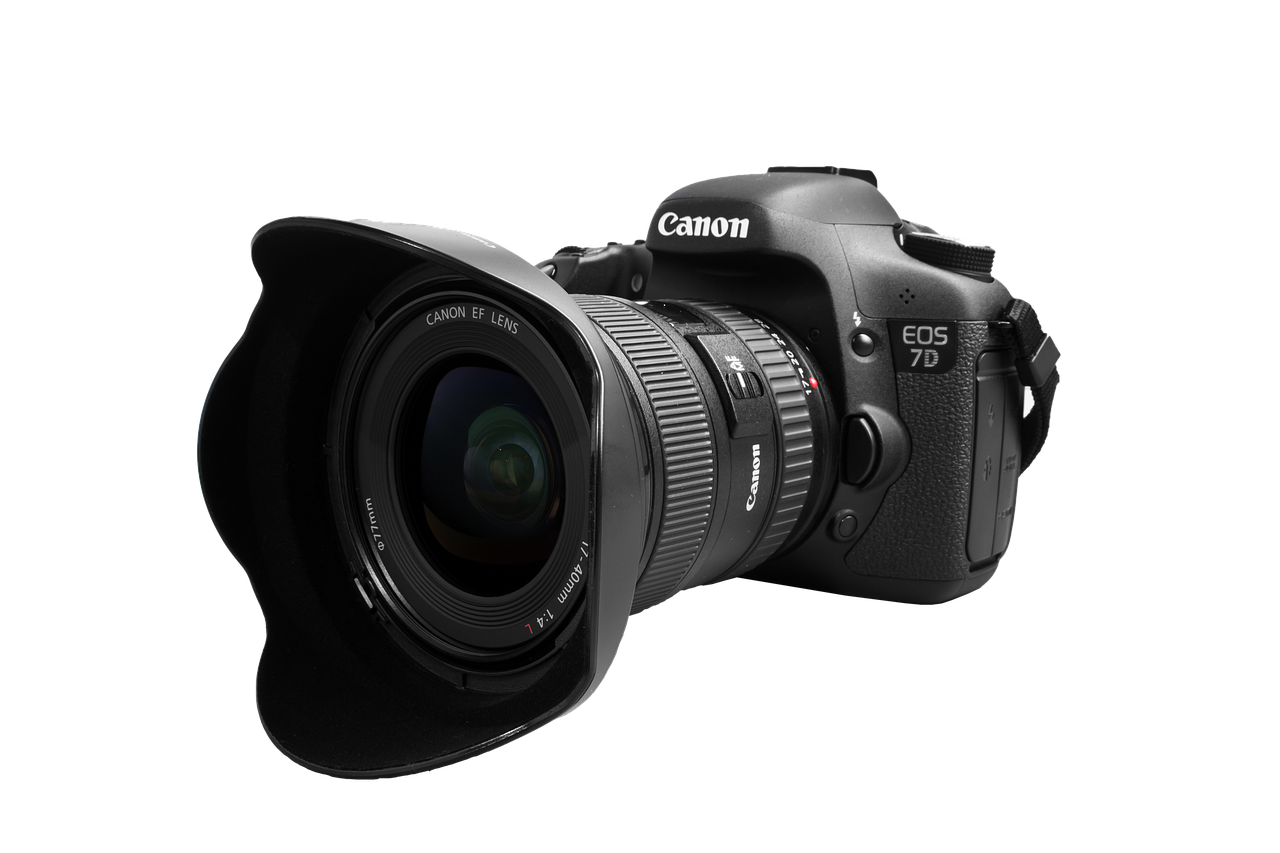
What Are the Key Features of DJI Osmo Action 4?
The DJI Osmo Action 4 has quickly gained popularity among travel vloggers due to its impressive features tailored for capturing stunning visuals on the go. This action camera is designed to withstand the rigors of travel while delivering exceptional performance, making it a top choice for content creators. Let’s dive deeper into the key features that set the Osmo Action 4 apart from the competition.
- Advanced Stabilization: One of the standout features of the Osmo Action 4 is its RockSteady 3.0 stabilization technology. This system ensures that your footage remains smooth and steady, even during the most dynamic activities, such as hiking or biking. This is crucial for vloggers who want to provide a professional look without the need for additional editing.
- High-Resolution Recording: The camera supports 4K video recording at 120fps, allowing users to capture high-quality footage with incredible detail. The ability to shoot in 4K is essential for travel vloggers who wish to showcase the beauty of their surroundings in the best possible light.
- Durable Design: Built with a rugged exterior, the Osmo Action 4 is waterproof up to 11 meters (36 feet) without the need for an external case. This makes it ideal for adventurous vloggers who may find themselves near water or in challenging weather conditions.
- Dual Screens: The camera features a front-facing screen that allows vloggers to frame their shots perfectly, making it easier to create engaging content. This feature is particularly beneficial for solo creators who need to ensure they are in the frame.
- Long Battery Life: With a battery life of up to 160 minutes in 4K recording mode, the Osmo Action 4 is designed for extended shooting sessions. This is particularly useful for travel vloggers who may not have frequent access to charging options while on the move.
- Versatile Shooting Modes: The camera offers various shooting modes, including Time-Lapse, Slow Motion, and HDR video, allowing vloggers to experiment and find the best way to tell their stories.
- Easy Sharing: The built-in Wi-Fi and Bluetooth connectivity options allow for quick and easy sharing of content to social media platforms or mobile devices. This is vital for vloggers who want to engage with their audience in real-time.
In summary, the DJI Osmo Action 4 is equipped with features that cater specifically to the needs of travel vloggers. Its combination of advanced stabilization, high-resolution recording, and rugged design makes it a reliable choice for capturing adventures. Whether navigating through bustling city streets or exploring remote landscapes, the Osmo Action 4 is designed to keep up with the demands of travel content creation.
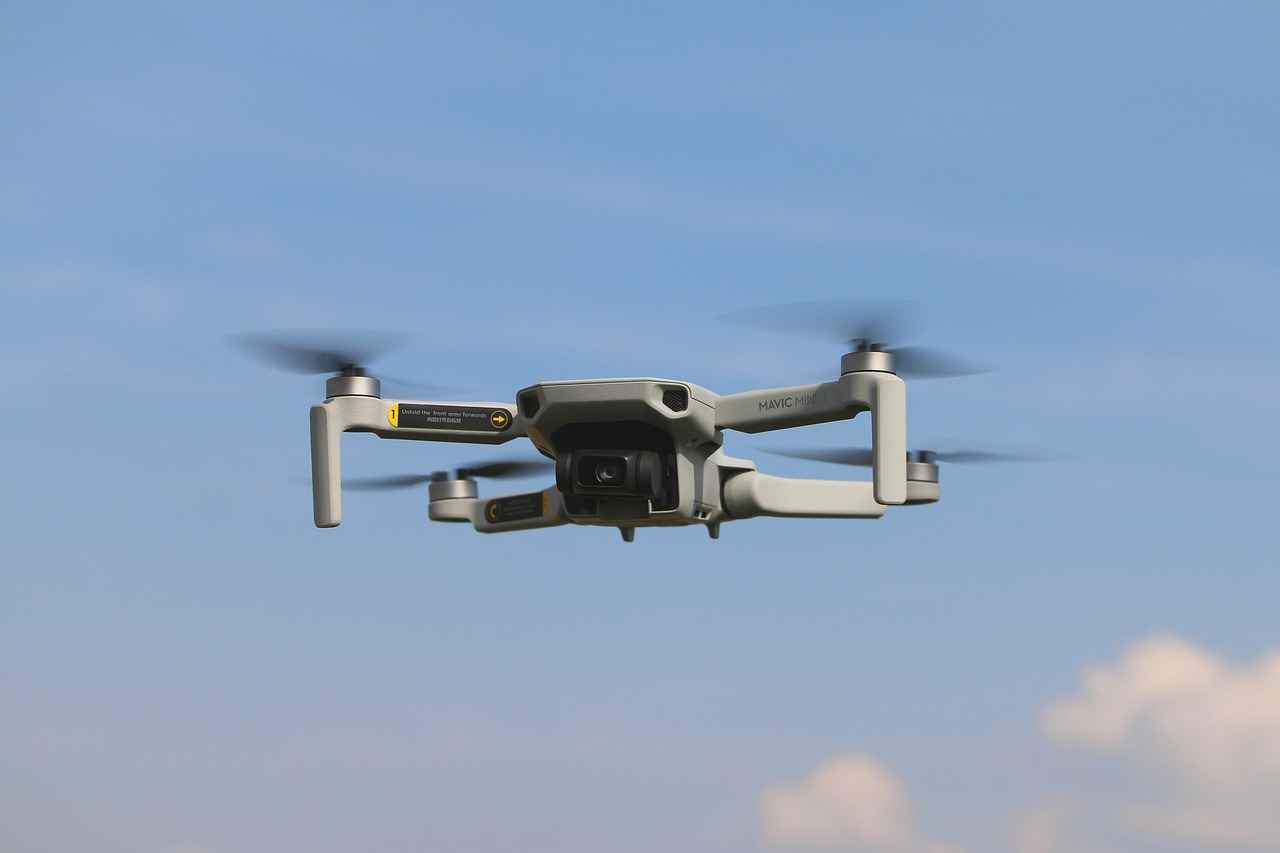
How Does the DJI Osmo Pocket 3 Stand Out?
The DJI Osmo Pocket 3 has quickly gained recognition among content creators, particularly vloggers, due to its unique features and capabilities. This compact device combines portability with advanced technology, making it an ideal choice for those who love to capture their travel experiences on the go.
One of the most notable aspects of the Osmo Pocket 3 is its gimbal stabilization. This technology ensures that your footage remains smooth and steady, even in dynamic environments. Whether you are walking through a bustling market or hiking on a rugged trail, the gimbal system minimizes shaky footage, allowing you to focus on storytelling rather than worrying about camera stability.
Additionally, the compact size of the Osmo Pocket 3 makes it incredibly easy to carry. Weighing just a few hundred grams, it fits comfortably in your pocket or small bag. This portability is a game-changer for travel vloggers who need to travel light but still want to capture high-quality content. Unlike larger cameras, the Osmo Pocket 3 allows you to be discreet while filming, which can lead to more authentic and candid moments.
In terms of video quality, the Osmo Pocket 3 does not disappoint. It supports 4K resolution recording, ensuring that your travel videos are vibrant and detailed. The ability to shoot at various frame rates also provides flexibility, allowing you to create cinematic slow-motion shots or fast-paced action sequences. This versatility is essential for vloggers who want to capture diverse content.
Another standout feature is its intuitive touchscreen interface. The 1-inch display makes it easy to navigate settings, preview shots, and review footage. This user-friendly design is particularly beneficial for those who may not be tech-savvy, allowing them to focus on creativity rather than getting bogged down by complicated controls.
The Osmo Pocket 3 also excels in connectivity options. With built-in Wi-Fi and Bluetooth, sharing content with smartphones and other devices is seamless. This feature allows vloggers to quickly upload their videos to social media or edit them on the go, enhancing their ability to engage with their audience in real-time.
Moreover, the device comes with a variety of accessories that can enhance the vlogging experience. From external microphones for improved audio quality to additional mounts for different shooting angles, these accessories provide vloggers with the tools they need to elevate their content further.
Finally, the price point of the DJI Osmo Pocket 3 is competitive, especially considering the features it offers. For travel vloggers on a budget, it presents a compelling value proposition, combining quality, portability, and functionality.
In summary, the DJI Osmo Pocket 3 stands out in the crowded market of vlogging cameras due to its gimbal stabilization, compact design, high-quality video capabilities, intuitive interface, and connectivity options. These features make it an excellent choice for anyone looking to create engaging travel content.
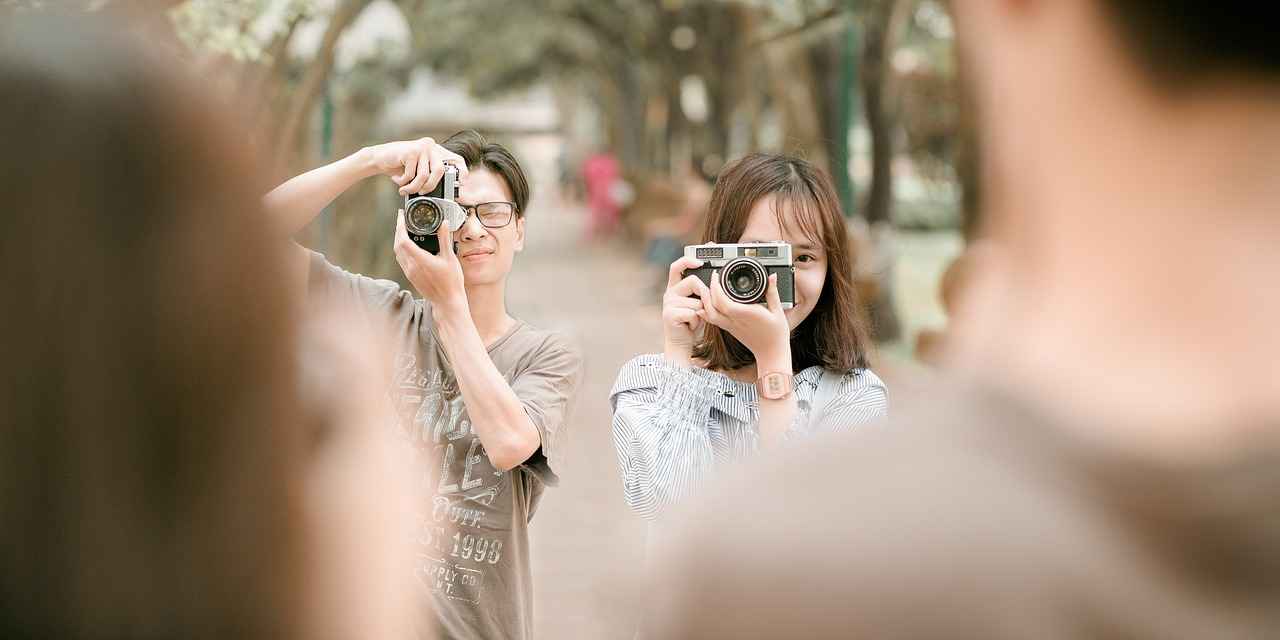
Which Device Offers Better Video Quality?
Video quality is a fundamental aspect of travel vlogging, as it directly influences how viewers perceive your content. The ability to capture stunning visuals can enhance storytelling and engage audiences effectively. In this section, we will delve into the video quality of the DJI Osmo Action 4 and the DJI Osmo Pocket 3, focusing on key parameters such as resolution, frame rates, and overall image quality.
Resolution is a critical factor in determining video clarity. The DJI Osmo Action 4 supports up to 4K resolution at 120 frames per second (fps), allowing for high-definition footage that captures intricate details, especially in fast-paced scenes. In contrast, the DJI Osmo Pocket 3 also offers 4K recording but at a maximum of 60 fps. While both devices deliver impressive clarity, the higher frame rate of the Action 4 can be particularly advantageous for capturing smooth motion during action-packed adventures.
Another important aspect to consider is the frame rate. Higher frame rates allow for smoother playback, which is essential for dynamic vlogging scenarios. The Action 4’s ability to shoot at 120 fps provides an edge for those who wish to create slow-motion effects, adding a professional touch to their videos. On the other hand, the Pocket 3’s maximum of 60 fps is still sufficient for most vlogging needs, especially for lifestyle and scenic content.
The overall image quality is influenced not only by resolution and frame rates but also by factors such as sensor performance and color accuracy. The DJI Osmo Action 4 features a larger sensor that excels in low-light conditions, making it ideal for capturing nighttime scenes or dimly lit environments. The advanced HDR capabilities further enhance its performance, providing vibrant colors and improved contrast. Conversely, the DJI Osmo Pocket 3 also delivers excellent image quality, but it may struggle slightly in low-light situations compared to its counterpart.
To summarize, both devices offer remarkable video quality, but the DJI Osmo Action 4 stands out with its higher frame rates and superior low-light performance. For vloggers focused on action-packed adventures or those who frequently shoot in varying lighting conditions, the Action 4 is likely the better choice. However, the DJI Osmo Pocket 3 remains a strong contender, particularly for those prioritizing portability and ease of use without compromising too much on video quality.
| Feature | DJI Osmo Action 4 | DJI Osmo Pocket 3 |
|---|---|---|
| Max Resolution | 4K at 120 fps | 4K at 60 fps |
| Low-Light Performance | Excellent | Good |
| HDR Capability | Yes | No |
In conclusion, the choice between the DJI Osmo Action 4 and the DJI Osmo Pocket 3 largely depends on your vlogging style and specific needs. If video quality is your top priority, particularly in challenging lighting or fast-moving scenarios, then the Action 4 is likely the superior option. However, for those who value compactness and ease of use, the Pocket 3 remains an excellent choice.
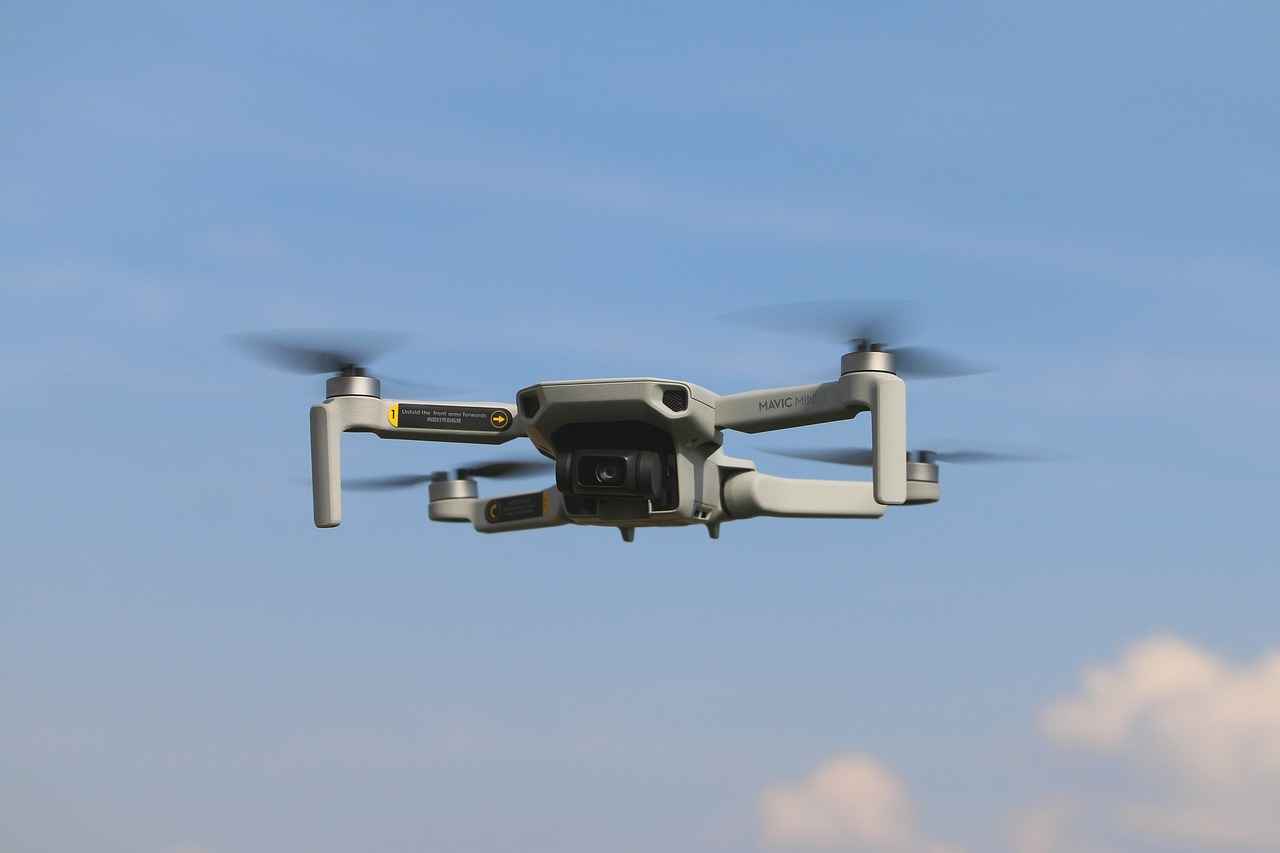
How Important Is Stabilization for Vloggers?
When it comes to travel vlogging, stabilization technology plays a pivotal role in ensuring that your footage is smooth and visually appealing. Whether you are hiking through rugged terrains or navigating bustling city streets, the ability to capture steady video can significantly enhance the viewer’s experience. In this section, we will explore how the DJI Osmo Action 4 and DJI Osmo Pocket 3 implement stabilization technology, and how it impacts the overall quality of your travel videos.
Both devices utilize advanced stabilization systems, but they approach it differently. The DJI Osmo Action 4 features RockSteady 3.0, a sophisticated electronic image stabilization (EIS) technology that minimizes camera shake during dynamic movements. This system is particularly beneficial for vloggers who engage in high-action activities, such as biking or skiing. With a resolution of up to 4K at 120fps, the Action 4 not only stabilizes but also delivers high-quality footage that can withstand post-production editing.
On the other hand, the DJI Osmo Pocket 3 employs a 3-axis mechanical gimbal for stabilization. This gimbal system provides an exceptionally smooth footage experience, making it ideal for capturing cinematic shots while walking or moving. The gimbal compensates for both vertical and horizontal movements, ensuring that your videos remain stable even in challenging environments. With its compact design, the Pocket 3 allows vloggers to easily carry it around, making it a convenient choice for travelers.
| Device | Stabilization Type | Max Resolution | Frame Rate |
|---|---|---|---|
| DJI Osmo Action 4 | Electronic Image Stabilization (RockSteady 3.0) | 4K | 120fps |
| DJI Osmo Pocket 3 | 3-Axis Mechanical Gimbal | 4K | 60fps |
The choice between electronic stabilization and a mechanical gimbal often comes down to personal preference and specific vlogging needs. For example, if you prioritize portability and the ability to shoot at various angles, the Osmo Pocket 3 may be the better option. Conversely, if you are focused on high-action content, the Osmo Action 4’s advanced EIS can provide the necessary stability without sacrificing video quality.
In addition to the type of stabilization, the impact on video quality cannot be overstated. Smooth footage enhances the overall storytelling aspect of your vlogs, making them more engaging for viewers. When your videos are shaky, it can distract the audience and detract from the content you are trying to convey. Therefore, investing in a device with effective stabilization technology is crucial for any serious travel vlogger.
Ultimately, the importance of stabilization technology in vlogging extends beyond just the visual appeal; it affects how your audience perceives your content. As you embark on your travel adventures, consider how each device’s stabilization capabilities align with your vlogging style and the types of shots you wish to capture. By understanding the nuances of these technologies, you can make a more informed decision that enhances your travel vlogging experience.
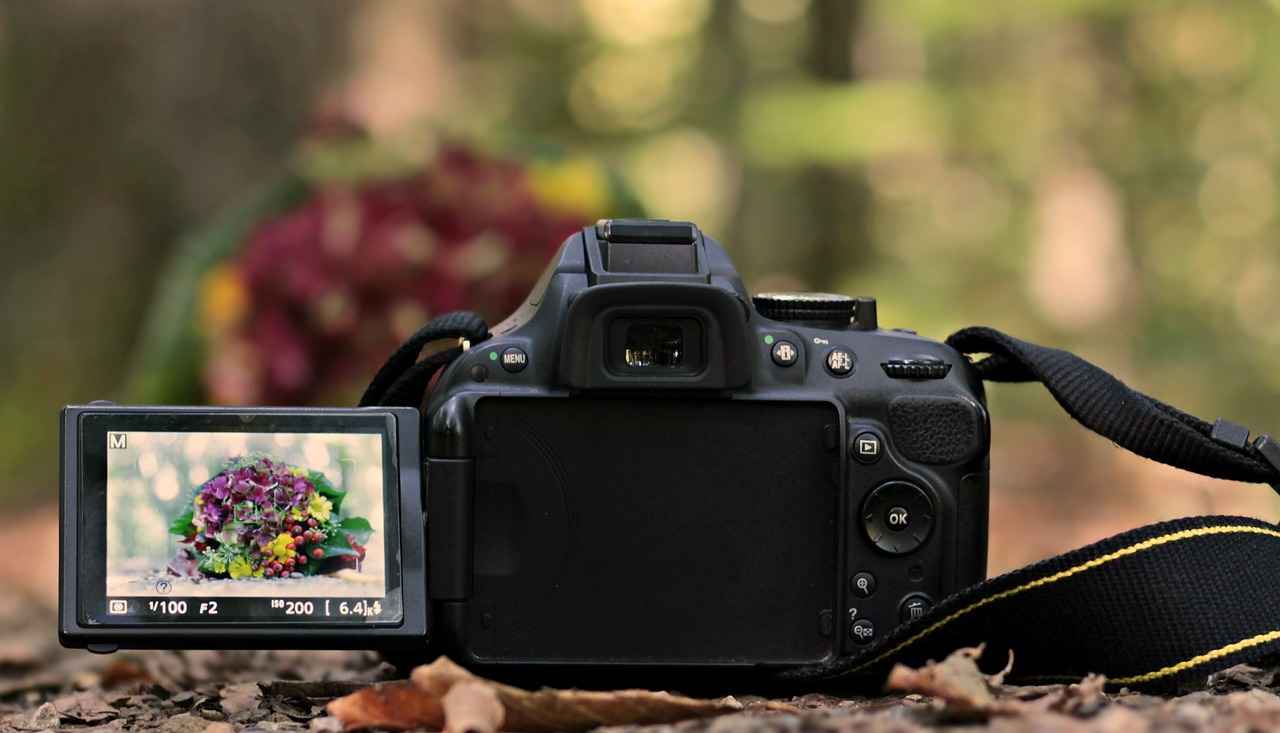
What Are the Battery Life and Charging Options?
Battery life plays a crucial role in the overall vlogging experience, especially for those who are constantly on the move. When comparing the DJI Osmo Action 4 and the DJI Osmo Pocket 3, understanding their battery performance and charging capabilities is essential for making an informed decision.
The DJI Osmo Action 4 is equipped with a robust battery that provides approximately 160 minutes of continuous recording at 4K resolution. This extended battery life is particularly advantageous for travel vloggers who may not have frequent access to charging stations. In contrast, the DJI Osmo Pocket 3 offers around 140 minutes of recording time under similar conditions. While the difference may seem minimal, it can impact a vlogger’s ability to capture spontaneous moments during long outings.
Both devices offer versatile charging options, but there are notable differences. The Osmo Action 4 supports fast charging, allowing users to recharge the battery to 80% in just over an hour. This feature is particularly useful for vloggers who are always on the go. Additionally, it can be charged via a USB-C port, making it compatible with a wide range of power banks and adapters.
On the other hand, the Osmo Pocket 3 also utilizes a USB-C port for charging, but it lacks the same fast charging capabilities. Users can expect a full charge to take approximately 90 minutes, which may require more planning during travel. For both devices, using a power bank can significantly enhance the vlogging experience by providing additional power when needed.
Battery management is another critical aspect to consider. The Osmo Action 4 comes with an intelligent battery management system that optimizes performance and extends battery life. This feature is particularly beneficial for those who often shoot in varying environmental conditions.
In contrast, the Osmo Pocket 3 offers a straightforward battery management system but lacks some of the advanced features found in its counterpart. However, it does provide notifications regarding battery status, allowing users to keep track of remaining power effectively.
For long vlogging sessions, the ability to use external power sources can be a game changer. The Osmo Action 4 can be powered continuously while recording, which is a significant advantage for extended shoots. This feature allows vloggers to connect to an external battery pack, ensuring they never miss a moment due to a drained battery.
Similarly, the Osmo Pocket 3 can also be powered while in use, but the connection may be less stable compared to the Action 4. Vloggers should consider this when planning their shoots, especially in dynamic environments where movement is constant.
User reviews often highlight the importance of battery life in their vlogging experience. Many users of the Osmo Action 4 praise its long-lasting battery, especially during outdoor adventures where charging options are limited. In contrast, Osmo Pocket 3 users appreciate its compact size but often mention the need for extra batteries or a power bank for longer trips.
Ultimately, both devices have their strengths and weaknesses when it comes to battery life and charging options. Vloggers should assess their specific needs, such as the length of their shoots and access to charging facilities, to choose the device that best fits their travel vlogging style.
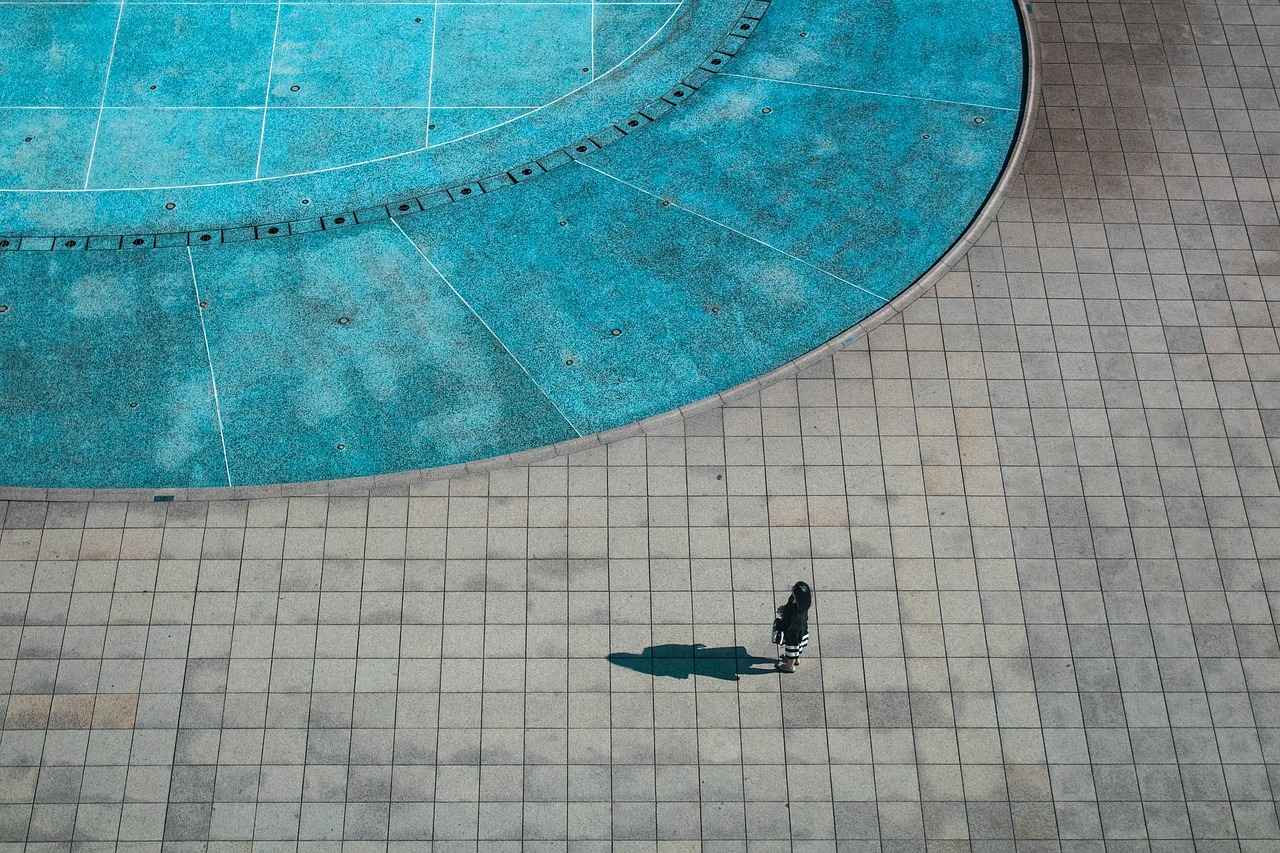
How Do the Designs Compare for Travel Use?
When it comes to travel vlogging, the design and ergonomics of a camera play a crucial role in ensuring a seamless experience. Both the DJI Osmo Action 4 and the DJI Osmo Pocket 3 are designed with portability and functionality in mind, but they cater to different user preferences and needs. This section will delve into the physical attributes of both models, examining their suitability for travel and how they enhance the vlogging experience.
The DJI Osmo Action 4 features a robust and rugged design that is built to withstand the rigors of travel. Its dual screens—one on the front and one on the back—allow for easy framing of shots, making it ideal for solo travelers and vloggers who want to capture themselves on camera. The camera’s waterproof and dustproof capabilities further enhance its travel-friendly nature, allowing users to shoot in various environments without worrying about damage. Weighing in at just 145 grams, it is lightweight enough to carry around all day without fatigue.
On the other hand, the DJI Osmo Pocket 3 is even more compact, weighing only 300 grams. Its gimbal stabilization system not only helps achieve smooth footage but also contributes to its sleek design. The Pocket 3’s small size makes it incredibly easy to fit into pockets or small bags, making it an excellent choice for travelers who prioritize portability. The device’s intuitive controls and touchscreen interface are designed for quick adjustments on the go, allowing vloggers to focus more on their content rather than fiddling with settings.
| Feature | DJI Osmo Action 4 | DJI Osmo Pocket 3 |
|---|---|---|
| Weight | 145 grams | 300 grams |
| Waterproof | Yes | No |
| Dual Screens | Yes | No |
| Gimbal Stabilization | No | Yes |
Both cameras offer unique advantages in terms of design. The Osmo Action 4 is perfect for those who need a rugged, versatile camera that can handle various conditions, while the Osmo Pocket 3 is ideal for users who value compactness and advanced stabilization. The choice between the two ultimately depends on the vlogger’s style and the environments they expect to encounter during their travels.
In conclusion, whether you prefer the durability and functionality of the DJI Osmo Action 4 or the compactness and stabilization of the DJI Osmo Pocket 3, both cameras are designed to enhance the travel vlogging experience. Understanding the strengths of each model will help you make an informed decision that aligns with your vlogging needs.
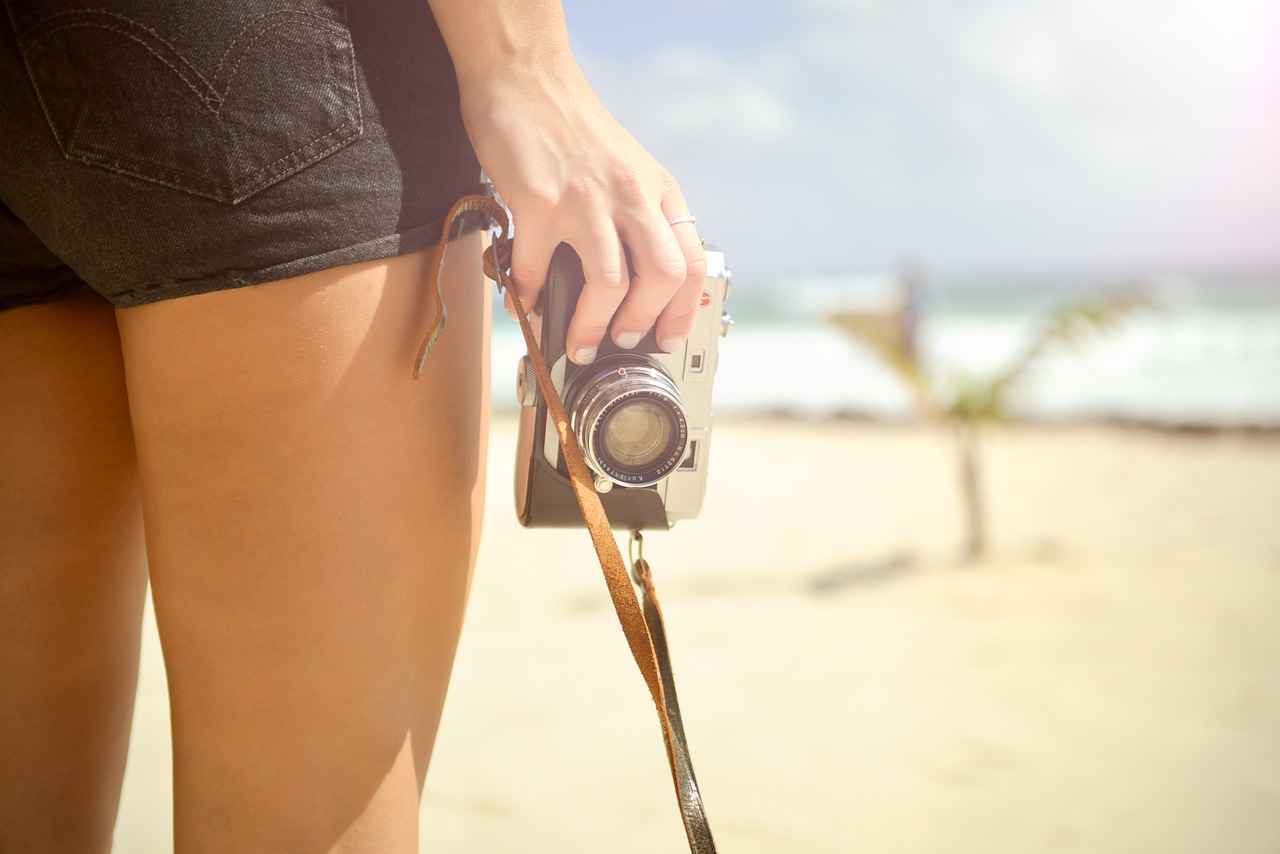
Which Device Is More User-Friendly?
When it comes to vlogging, ease of use plays a crucial role in enhancing the overall experience. A user-friendly interface can significantly reduce the learning curve, allowing creators to focus on capturing their adventures rather than fumbling with complex controls. In this section, we will take a closer look at the user interfaces and controls of the DJI Osmo Action 4 and the DJI Osmo Pocket 3, assessing their intuitive operation and overall usability.
The DJI Osmo Action 4 features a dual-screen design that allows vloggers to easily frame their shots. The front-facing screen is particularly beneficial for self-recording, ensuring that you are always in the frame. The touchscreen interface is responsive, enabling quick access to various settings and modes. Additionally, the customizable buttons provide a tailored experience, allowing users to assign frequently used functions for instant access.
On the other hand, the DJI Osmo Pocket 3 is designed with simplicity in mind. Its compact form factor is complemented by a straightforward touchscreen interface that offers a minimalistic approach to navigation. Users can swipe through different modes and settings with ease, making it a great option for those who prefer a less cluttered experience. The gimbal stabilization controls are also seamlessly integrated, allowing users to adjust settings on the fly without interrupting their shooting.
| Feature | DJI Osmo Action 4 | DJI Osmo Pocket 3 |
|---|---|---|
| Screen Type | Dual Screen | Single Touchscreen |
| User Interface | Customizable Buttons & Touchscreen | Simplistic Touchscreen |
| Self-Recording Capability | Excellent | Good |
| Gimbal Controls | Integrated with Touchscreen | Seamless Adjustment |
Both devices offer unique advantages in terms of user-friendliness. The Osmo Action 4 shines with its dual-display feature, making it ideal for vloggers who frequently film themselves. Its customizable controls allow for a personalized experience, catering to individual preferences. Conversely, the Osmo Pocket 3’s compact design and straightforward interface make it a fantastic choice for those who value portability and simplicity.
In terms of accessibility, both cameras come with comprehensive tutorials and user manuals, which can be invaluable for beginners. Furthermore, the availability of online resources, such as video guides and forums, enhances the learning experience for users of both devices.
Ultimately, the choice between the Osmo Action 4 and Pocket 3 will depend on personal preferences and specific vlogging needs. If you prioritize a robust interface with versatile features, the Osmo Action 4 may be the better option. However, if you seek a lightweight, easy-to-use camera that excels in straightforward operation, the Osmo Pocket 3 could be your ideal companion for travel vlogging.
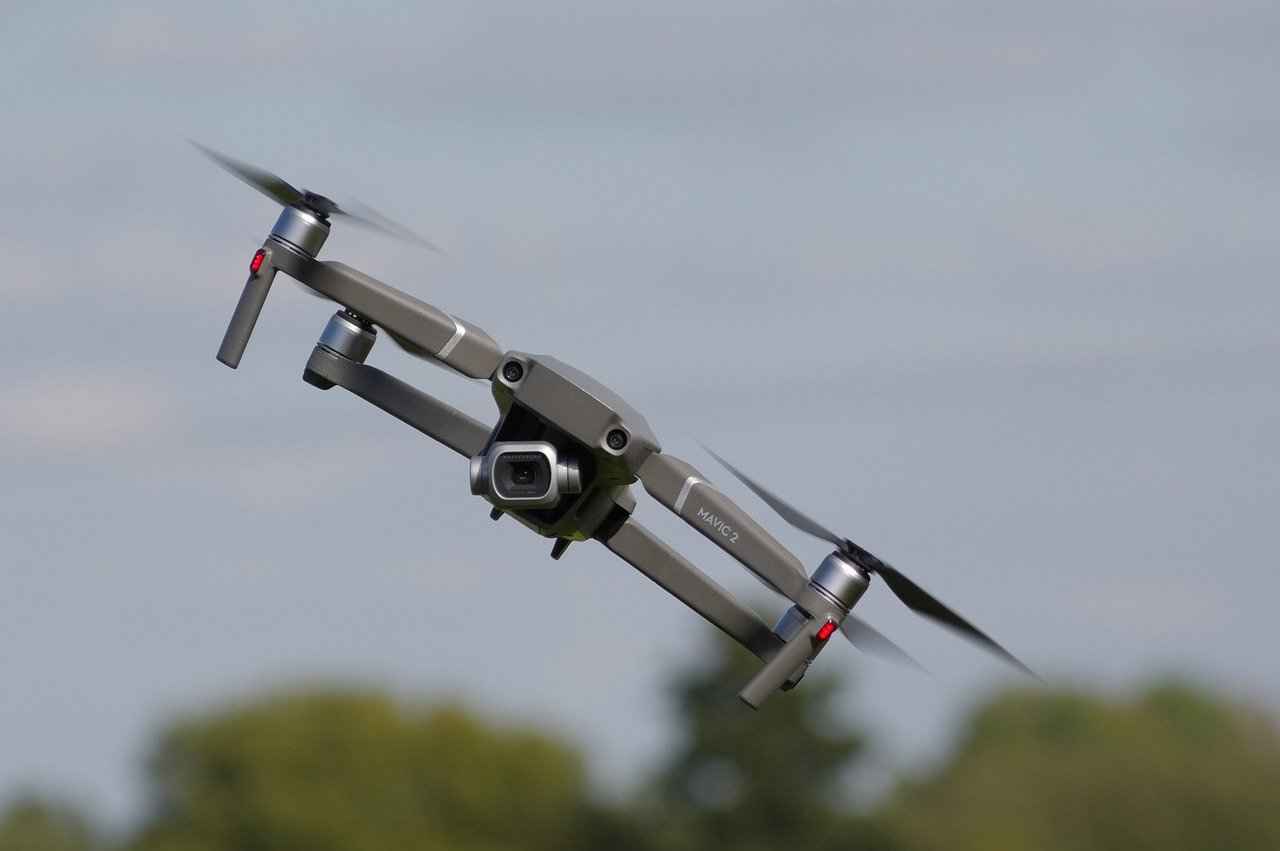
What Are the Connectivity Options Available?
In the world of travel vlogging, having reliable connectivity options is essential for seamless content sharing. Both the DJI Osmo Action 4 and the DJI Osmo Pocket 3 come equipped with various connectivity features that enhance their usability, especially when integrating with smartphones and apps. In this section, we will explore the connectivity options available on both devices, highlighting their strengths and weaknesses.
The DJI Osmo Action 4 is equipped with advanced Wi-Fi capabilities, allowing users to connect quickly and efficiently to their smartphones. This feature enables easy file transfers and live streaming directly to social media platforms. The Wi-Fi range is impressive, ensuring that you can maintain a stable connection even when you’re a distance away from your device.
On the other hand, the DJI Osmo Pocket 3 also offers robust Wi-Fi support, but its primary advantage lies in its mobile app integration. The app provides a user-friendly interface for editing and sharing videos, making it a breeze to upload content on the go. However, some users have reported that the Wi-Fi connection can be slightly less stable compared to the Action 4 under certain conditions.
Both devices feature Bluetooth connectivity, which is essential for pairing with smartphones and remote controllers. The Osmo Action 4’s Bluetooth connection is designed for quick pairing, allowing users to control the camera remotely with ease. This feature is particularly useful for vloggers who want to capture group shots or action sequences without needing someone else to operate the camera.
Similarly, the Osmo Pocket 3 utilizes Bluetooth to enhance its functionality. Users can connect the camera to their smartphones to access additional features, such as live view and remote control. The Bluetooth performance is generally reliable, enabling a smooth connection for most users.
The connectivity options available on both cameras significantly enhance the user experience. For instance, the ability to connect to Wi-Fi allows for quick uploads and sharing of content, which is crucial for travel vloggers who want to keep their audience engaged in real-time. The mobile apps for both devices provide editing tools and options for customizing content before sharing, further streamlining the vlogging process.
While both devices offer impressive connectivity features, there are some limitations to consider. The Osmo Action 4, while having a strong Wi-Fi connection, can sometimes face interference in crowded areas, which may affect streaming quality. The Osmo Pocket 3’s reliance on the mobile app for certain functions means that users must ensure their smartphone is compatible and updated to the latest version for optimal performance.
When it comes to app integration, the Osmo Pocket 3 shines with its intuitive interface and comprehensive editing features. The app allows users to access various modes and settings that enhance the overall vlogging experience. Conversely, while the Osmo Action 4 also has a dedicated app, some users find it less user-friendly compared to the Pocket 3’s offering.
In summary, both the DJI Osmo Action 4 and the DJI Osmo Pocket 3 offer robust connectivity options that cater to the needs of travel vloggers. The choice between the two may ultimately depend on individual preferences regarding app usability and specific connectivity requirements. Regardless, both devices are equipped to provide a seamless experience for sharing content on the go.
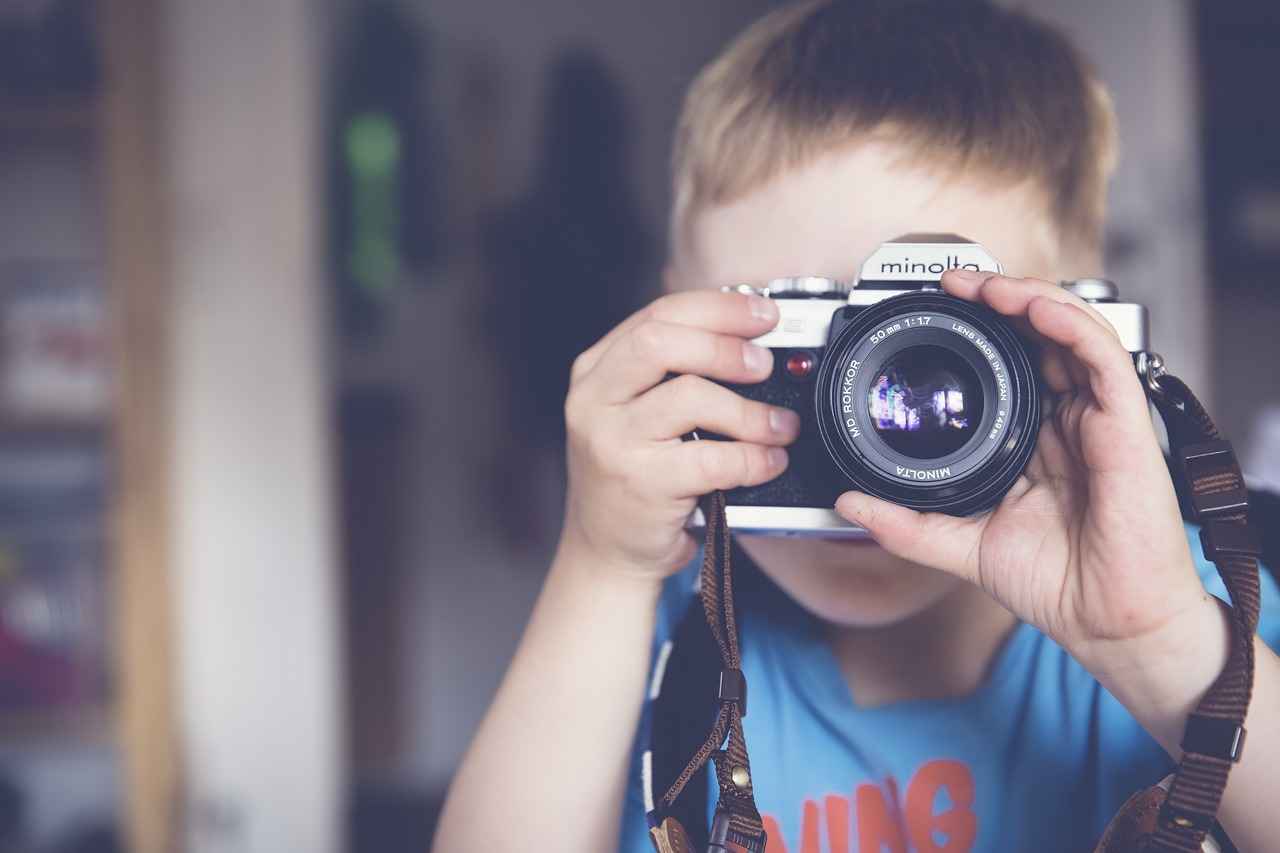
How Do Accessories Enhance the Vlogging Experience?
When it comes to vlogging, the right accessories can make a significant difference in the quality and ease of your content creation. Both the DJI Osmo Action 4 and the DJI Osmo Pocket 3 offer a variety of accessories that can enhance functionality and improve the overall vlogging experience. Let’s delve into how these accessories can elevate your vlogging game.
- Microphones: High-quality audio is essential for engaging vlogs. External microphones, such as the DJI Wireless Microphone, can significantly improve sound clarity and reduce background noise, ensuring that your voice is heard clearly in any environment.
- Tripods and Gimbals: Stability is crucial for smooth footage. Using a tripod or a gimbal can help eliminate shaky video, allowing for professional-looking shots. The Osmo Mobile 4 gimbal is a great companion for the Pocket 3, providing enhanced stabilization.
- Filters: ND filters can help manage exposure and improve the cinematic quality of your videos. These filters are particularly useful in bright conditions, allowing for better control over shutter speed and depth of field.
- Cases and Mounts: Protective cases not only safeguard your devices but also offer various mounting options. This is particularly beneficial for adventure vloggers who need to attach their cameras to helmets, bikes, or even drones.
- Lighting: Proper lighting can transform your vlogs. Portable LED lights can be attached to either camera, ensuring that you have adequate lighting in low-light situations, which is essential for maintaining video quality.
Each of these accessories serves a specific purpose, enhancing the functionality of your vlogging setup. For instance, the combination of a high-quality microphone and proper lighting can dramatically improve the production value of your videos, making them more appealing to viewers.
Additionally, accessories can also increase the versatility of your vlogging gear. With the right mounts and tripods, you can capture unique angles and perspectives that would otherwise be difficult to achieve. This flexibility allows you to create more dynamic content that stands out in a crowded space.
Moreover, investing in accessories can save time during the editing process. For example, having clear audio from an external microphone means less time spent on audio correction in post-production. Similarly, well-lit footage can minimize the need for extensive color grading.
In conclusion, the right accessories for the Osmo Action 4 and Pocket 3 can significantly enhance your vlogging experience. By improving audio quality, stabilizing your shots, and providing versatility in shooting options, these tools can help you create captivating content that resonates with your audience. Whether you are a seasoned vlogger or just starting, considering the right accessories is key to elevating your video production.
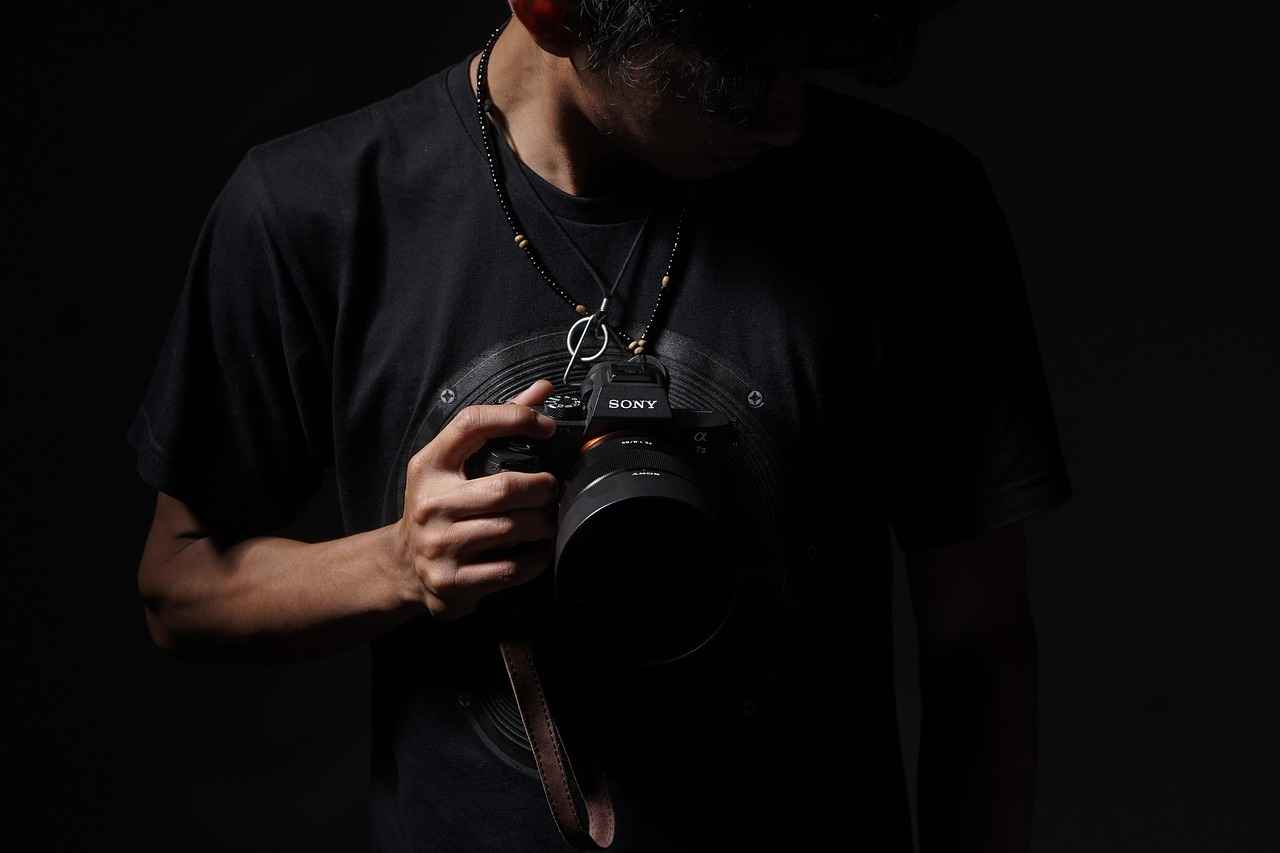
What Are the Price Points and Value for Money?
When considering the best camera for travel vlogging, budget plays a pivotal role. For many content creators, the price of a device can significantly influence their purchasing decisions. In this section, we will delve into the price points of the DJI Osmo Action 4 and the DJI Osmo Pocket 3, comparing their value for money based on the features they offer.
The DJI Osmo Action 4 is priced at approximately $349, while the DJI Osmo Pocket 3 comes in at around $349 as well. Both devices are positioned similarly in the market, making them competitive options for vloggers. However, it’s essential to consider what you get for that price.
To determine the value for money, we must analyze the features each device offers in relation to their price. The Osmo Action 4 includes:
- 4K Video Recording: Captures stunning footage at up to 120fps.
- Advanced Stabilization: Ensures smooth video even during action shots.
- Rugged Design: Built to withstand harsh environments.
On the other hand, the Osmo Pocket 3 offers:
- Compact Size: Easily portable, making it perfect for travel.
- Gimbal Stabilization: Provides exceptional stability for high-quality footage.
- Touchscreen Interface: User-friendly controls for quick adjustments.
When evaluating long-term value, it’s important to consider not just the initial cost but also the potential for future upgrades and accessories. The Osmo Action 4 supports a variety of accessories that enhance its functionality, including:
- External Microphones: For improved audio quality.
- Mounting Options: Versatile attachments for different shooting scenarios.
Conversely, the Osmo Pocket 3 also has a range of accessories available, such as:
- Wide-Angle Lens: Expands your field of view.
- Tripod Mount: For stable shots in various conditions.
User reviews and feedback can provide valuable insights into the value for money aspect of both devices. Many vloggers have expressed satisfaction with the performance of both cameras, but some have noted that the Osmo Action 4 offers better durability for outdoor adventures, while the Osmo Pocket 3 excels in portability and ease of use.
Ultimately, the decision between the DJI Osmo Action 4 and the DJI Osmo Pocket 3 may come down to individual requirements and preferences. Both devices are priced similarly, but the features and potential for future enhancements can sway a vlogger’s choice. When investing in gear, it’s crucial to assess not just the cost, but also the overall value that each camera provides for your unique vlogging style.
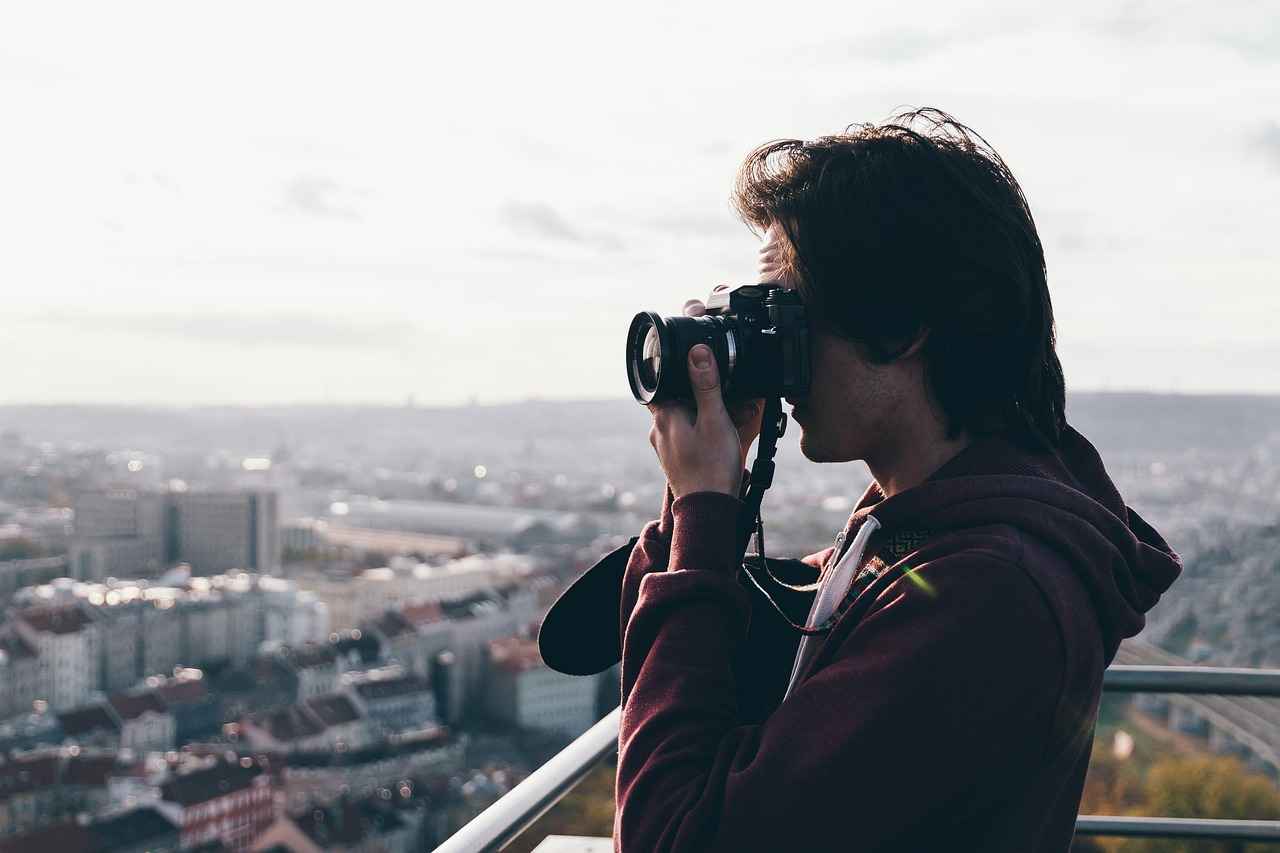
What Do User Reviews Say About Each Device?
When it comes to choosing the right camera for travel vlogging, user reviews serve as an invaluable resource, offering insights into real-world performance and usability. In this section, we will delve into the feedback from users of both the DJI Osmo Action 4 and the DJI Osmo Pocket 3, summarizing their experiences, ratings, and overall satisfaction.
The DJI Osmo Action 4 has garnered attention for its impressive stabilization technology and high-quality video output. Users frequently highlight its ability to capture smooth footage, even in challenging conditions. Many reviewers praise its rugged design, noting that it withstands harsh environments, making it ideal for adventure travel. However, some users have reported issues with battery life, indicating that extended shooting sessions may require additional batteries or a power bank.
On the other hand, the DJI Osmo Pocket 3 is often lauded for its compact size and portability. Vloggers appreciate its lightweight design, which makes it easy to carry around during long trips. Users have expressed satisfaction with the gimbal stabilization, which allows for smooth panning shots. However, some feedback points out that the Pocket 3 can struggle in low-light conditions, which may be a drawback for those who frequently shoot during evening or indoor settings.
| Feature | DJI Osmo Action 4 | DJI Osmo Pocket 3 |
|---|---|---|
| Stabilization | Excellent | Very Good |
| Portability | Moderate | Excellent |
| Battery Life | Good | Very Good |
| Low-Light Performance | Good | Average |
In terms of ratings, the Osmo Action 4 often receives scores around 4.5 out of 5 from users, who appreciate its durability and video quality. Conversely, the Osmo Pocket 3 tends to score slightly lower, averaging around 4.3 out of 5, primarily due to its limitations in low-light scenarios.
Both devices have their strengths and weaknesses, and user feedback reflects this. The choice between the two ultimately depends on individual needs. For those prioritizing portability and ease of use, the Pocket 3 is a strong contender. Meanwhile, users who require ruggedness and superior stabilization may lean towards the Action 4.
In summary, user reviews provide a clear picture of how each device performs in real-world situations. By analyzing these insights, potential buyers can make informed decisions based on their specific vlogging requirements and preferences.
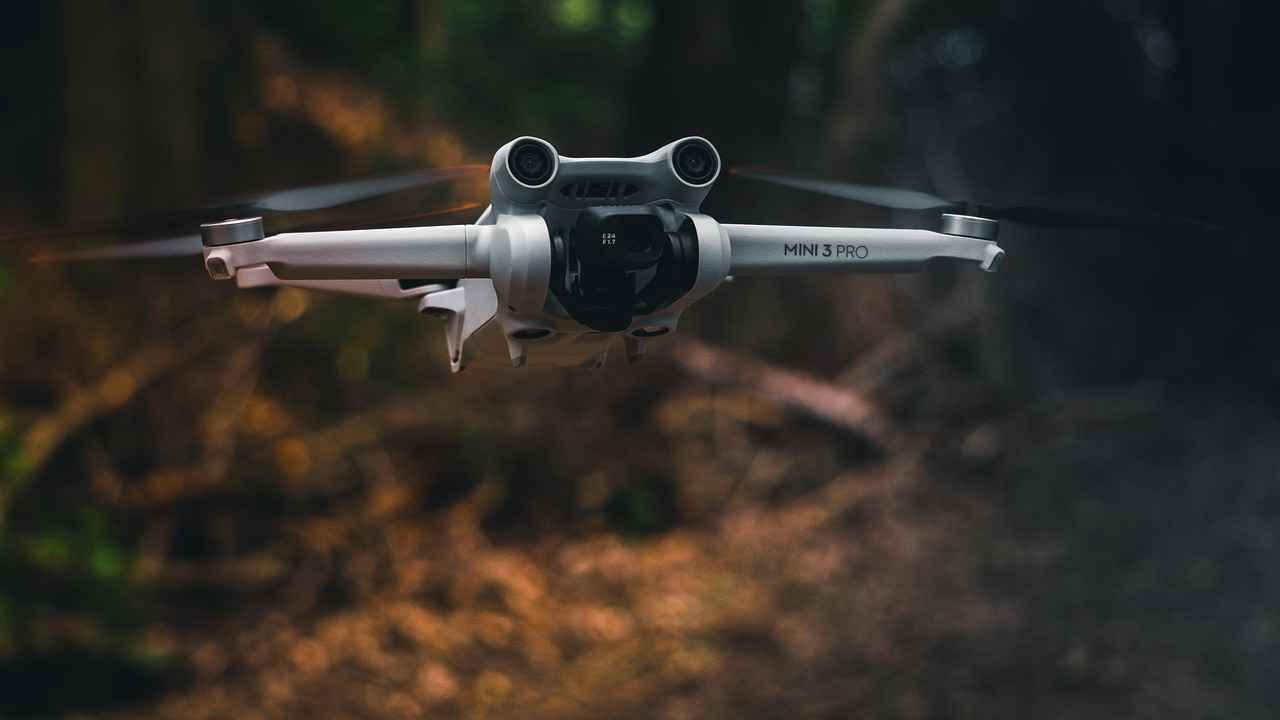
Which Camera Is Better for Different Vlogging Styles?
When it comes to travel vlogging, different vloggers have unique needs based on their content style, audience, and personal preferences. Choosing the right camera can significantly impact the quality and engagement of your videos. In this section, we will explore how the DJI Osmo Action 4 and DJI Osmo Pocket 3 cater to various vlogging styles, ranging from adventure to lifestyle content.
For adventure vloggers who capture high-energy activities like hiking, biking, or extreme sports, stabilization is crucial. The DJI Osmo Action 4 features advanced stabilization technology, allowing for smooth footage even in the most challenging conditions. Its rugged design makes it resistant to water and dust, perfect for outdoor adventures. On the other hand, the DJI Osmo Pocket 3, while compact and portable, may struggle to maintain stability during intense movements. Therefore, for adventure-focused content, the DJI Osmo Action 4 is often the better choice.
Lifestyle vloggers tend to focus on daily routines, travel experiences, and personal stories. For this style, portability and ease of use are paramount. The DJI Osmo Pocket 3 shines in this area due to its compact size and gimbal stabilization, making it easy to carry around and set up quickly. Its user-friendly interface allows vloggers to switch between modes effortlessly, ensuring they don’t miss any spontaneous moments. While the DJI Osmo Action 4 is also user-friendly, its bulkier design may not be as convenient for lifestyle content creators who prioritize mobility.
When it comes to capturing breathtaking landscapes, both cameras offer impressive video quality. The DJI Osmo Action 4 supports higher resolution recording, which is essential for stunning visuals. However, the DJI Osmo Pocket 3 provides a unique storytelling angle with its ability to shoot in a compact form factor, making it easier to navigate through crowds or tight spaces. Depending on the type of travel content being created, vloggers might prefer one over the other based on their filming environment.
Food vloggers require cameras that can capture intricate details and vibrant colors. Both the DJI Osmo Action 4 and DJI Osmo Pocket 3 offer excellent video quality, but the DJI Osmo Pocket 3 can provide smoother close-up shots due to its gimbal stabilization. This feature helps in achieving professional-looking food shots without the need for additional equipment. Additionally, its compact size allows food vloggers to maneuver easily in restaurants or markets.
- Consider Your Content Style: Choose a camera that aligns with your primary vlogging style.
- Test Before You Invest: If possible, try both cameras to see which feels more intuitive and comfortable for you.
- Accessorize Wisely: Consider investing in accessories that enhance your camera’s capabilities, such as external microphones or additional lenses.
Ultimately, the choice between the DJI Osmo Action 4 and DJI Osmo Pocket 3 depends on the specific needs of the vlogger. Whether you prioritize stabilization, portability, or video quality, understanding your vlogging style will guide you in selecting the right camera for your travel adventures.
Frequently Asked Questions
- What is the main difference between the DJI Osmo Action 4 and DJI Osmo Pocket 3?
The DJI Osmo Action 4 is designed for rugged use with advanced stabilization and high-resolution recording, while the DJI Osmo Pocket 3 is more compact and features gimbal stabilization, making it perfect for portability during travel.
- How important is video quality for travel vlogging?
Video quality is crucial for capturing stunning travel moments. Both devices offer excellent resolution and frame rates, but the choice may depend on specific needs like low-light performance or action shots.
- Which camera has better battery life?
Battery life can vary based on usage, but generally, the DJI Osmo Action 4 offers a longer battery performance compared to the Pocket 3, making it more suitable for long vlogging sessions.
- Are there any accessories available for these cameras?
Absolutely! Both the Osmo Action 4 and Pocket 3 have a range of accessories, from mounts to external microphones, which can significantly enhance your vlogging experience.
- Which camera is more user-friendly?
The DJI Osmo Pocket 3 is often praised for its intuitive user interface, making it easier for beginners to navigate. However, the Action 4 also has a straightforward design that caters to both novices and pros.
